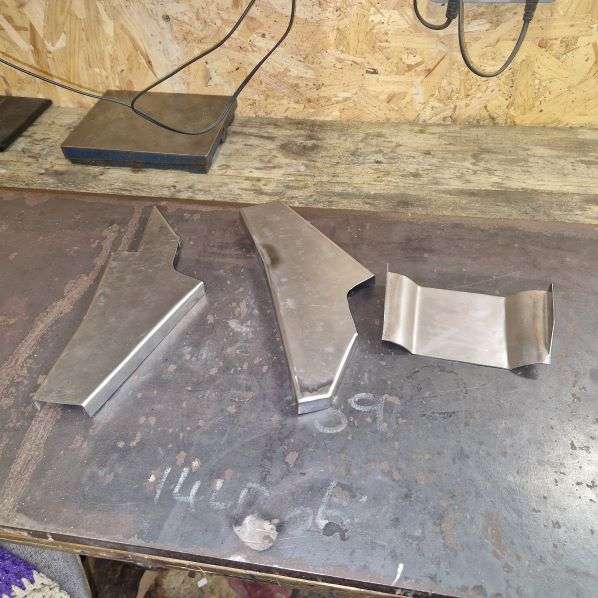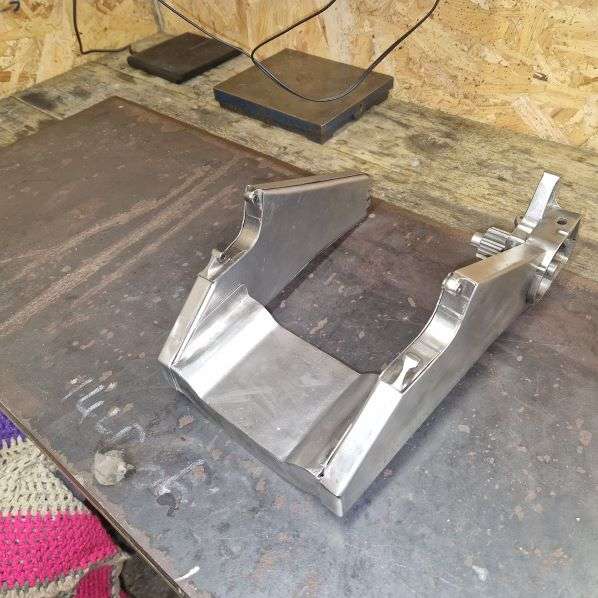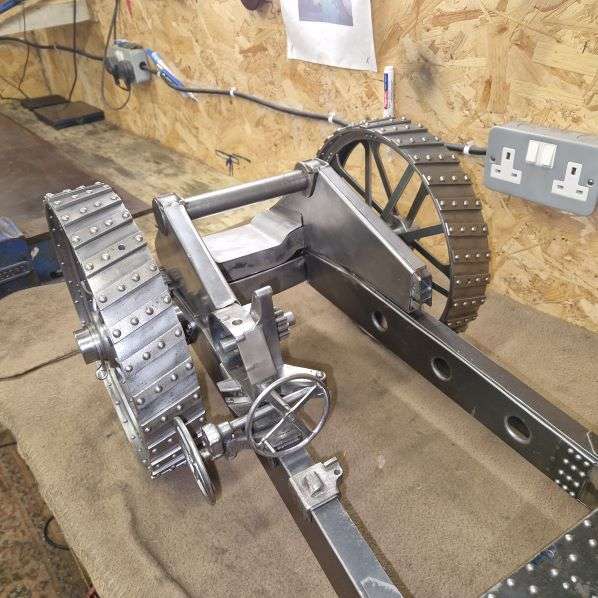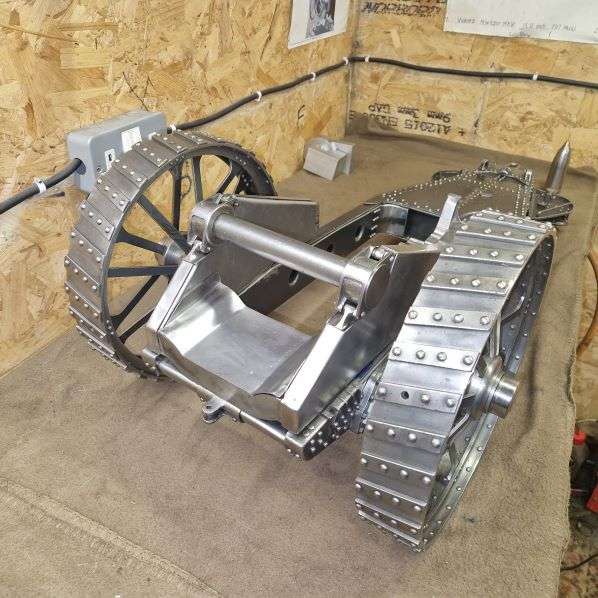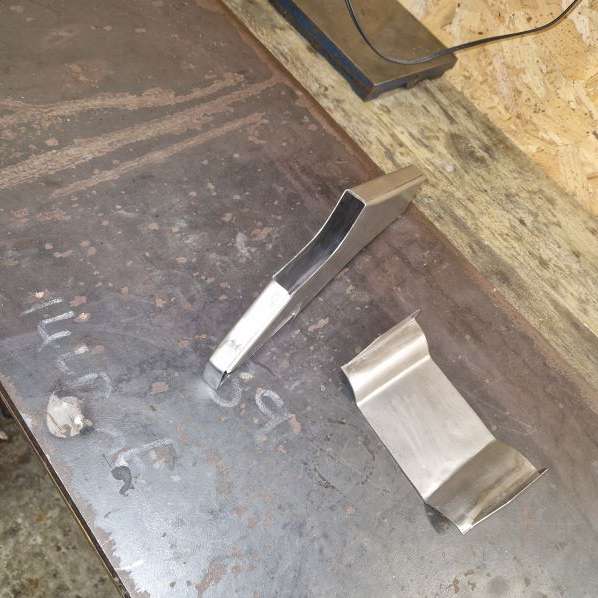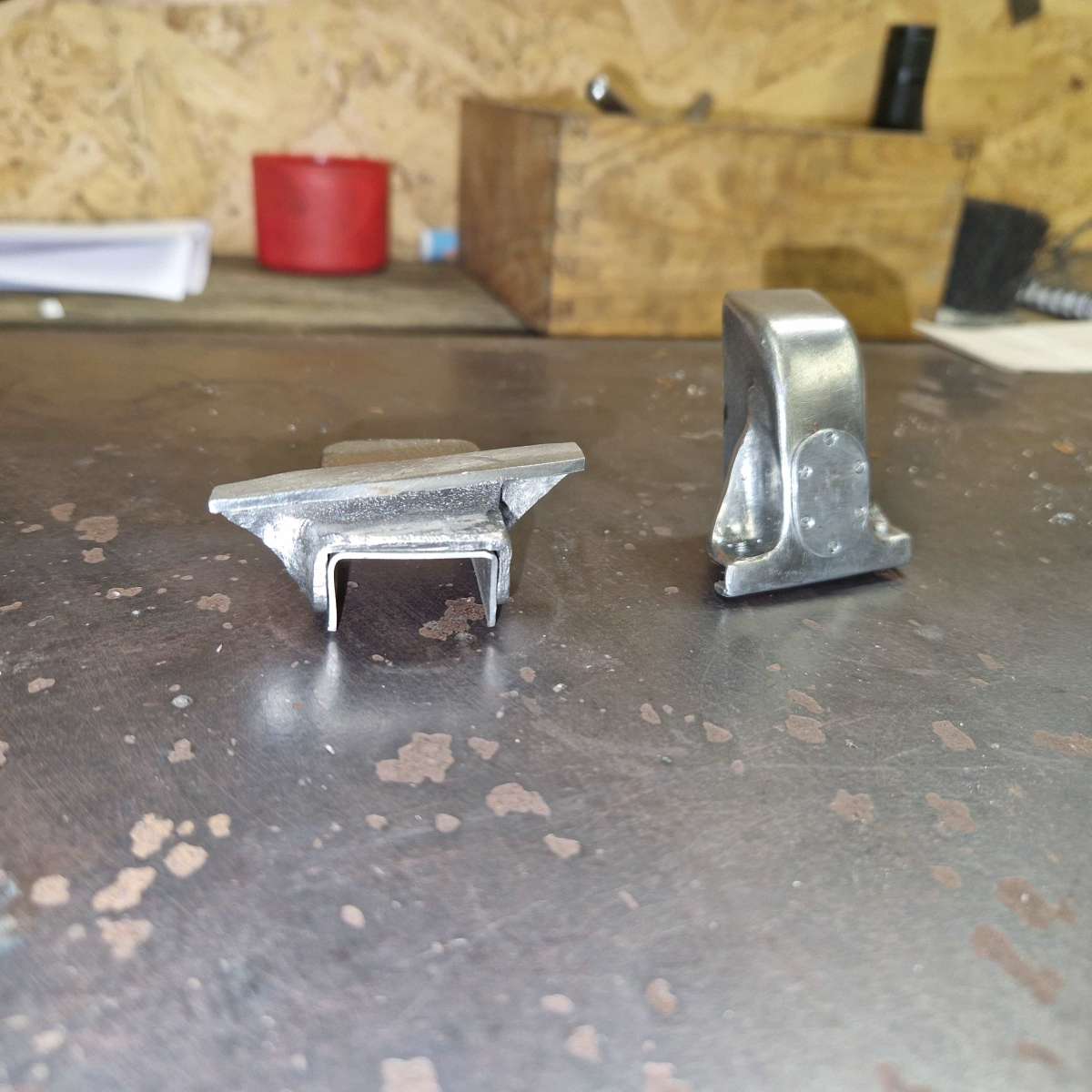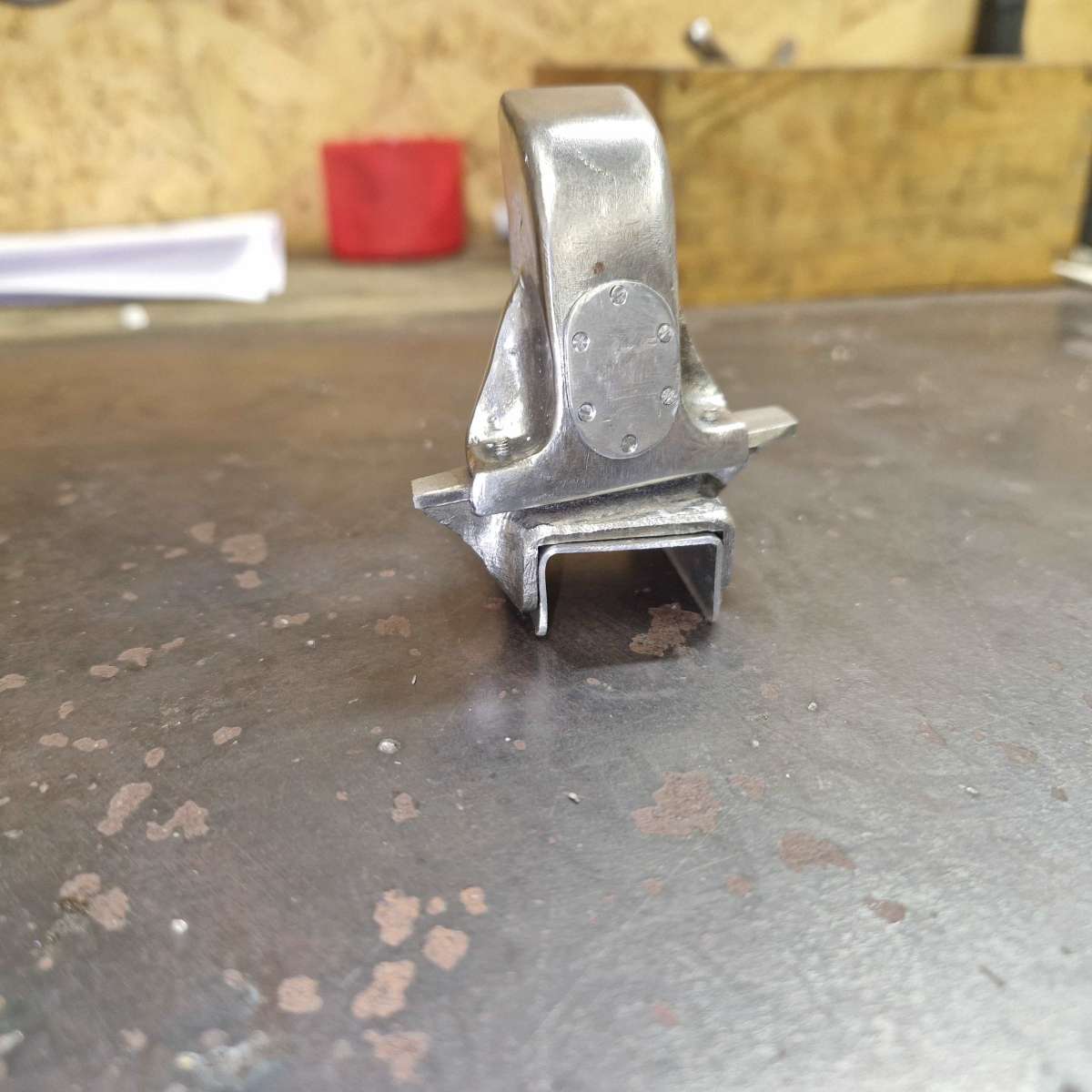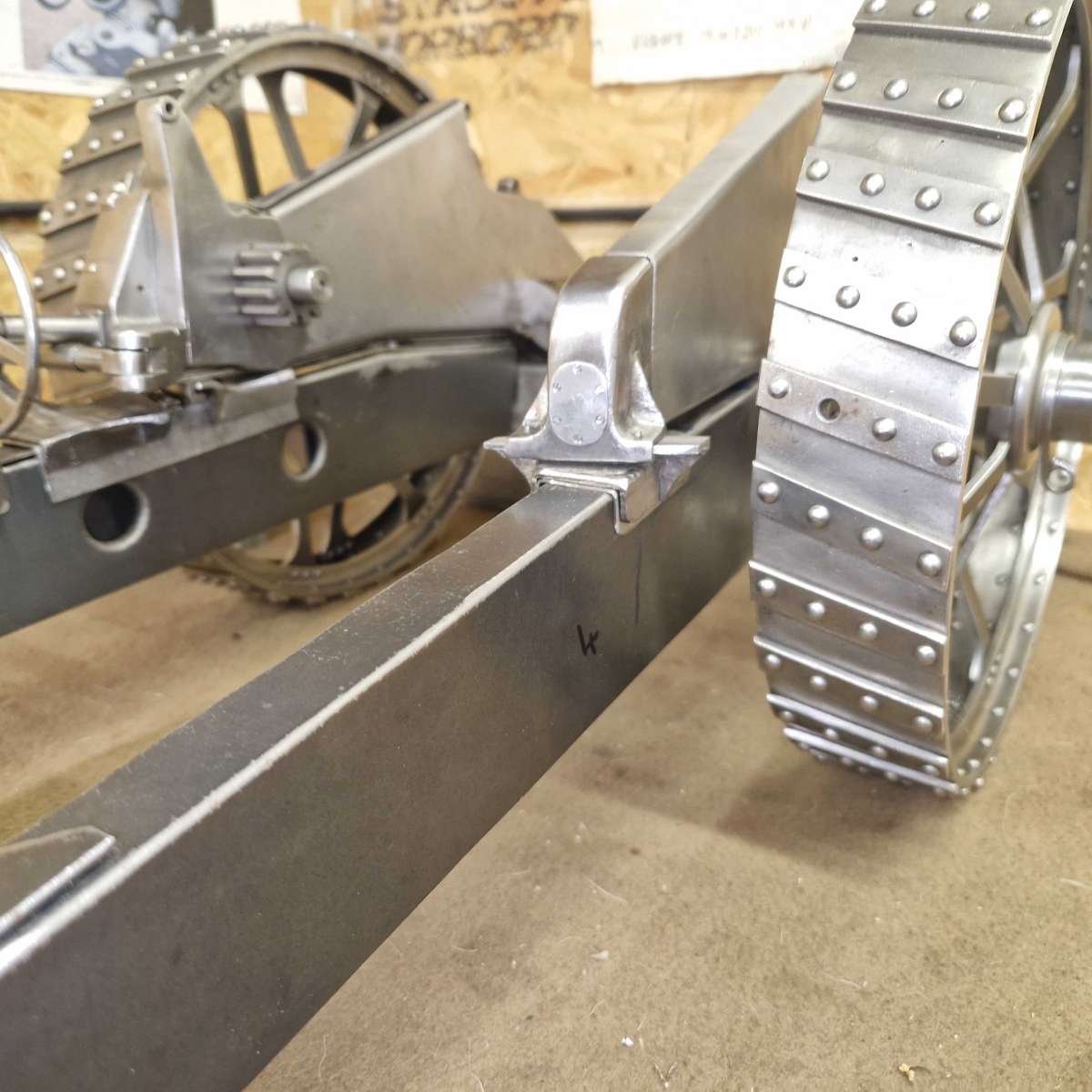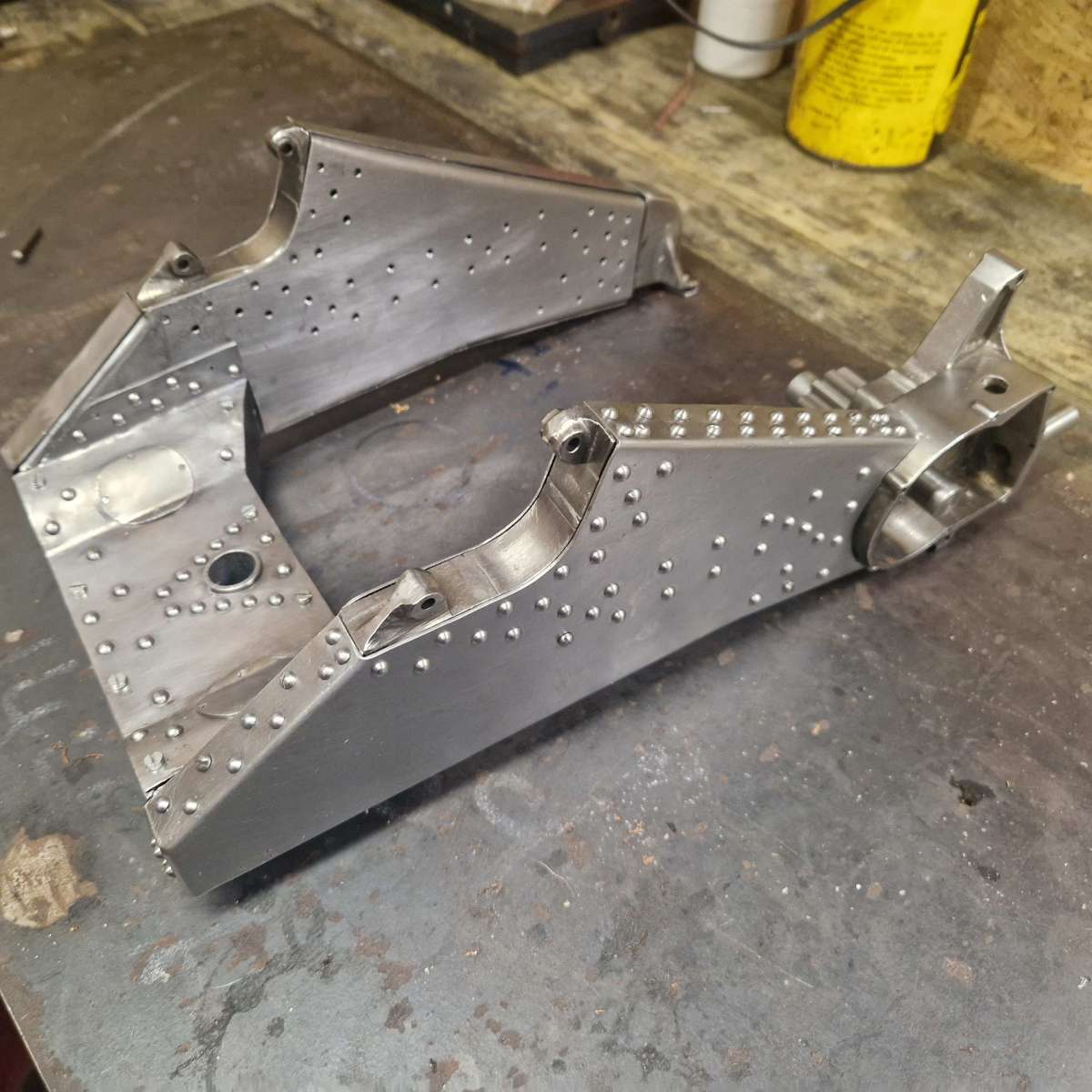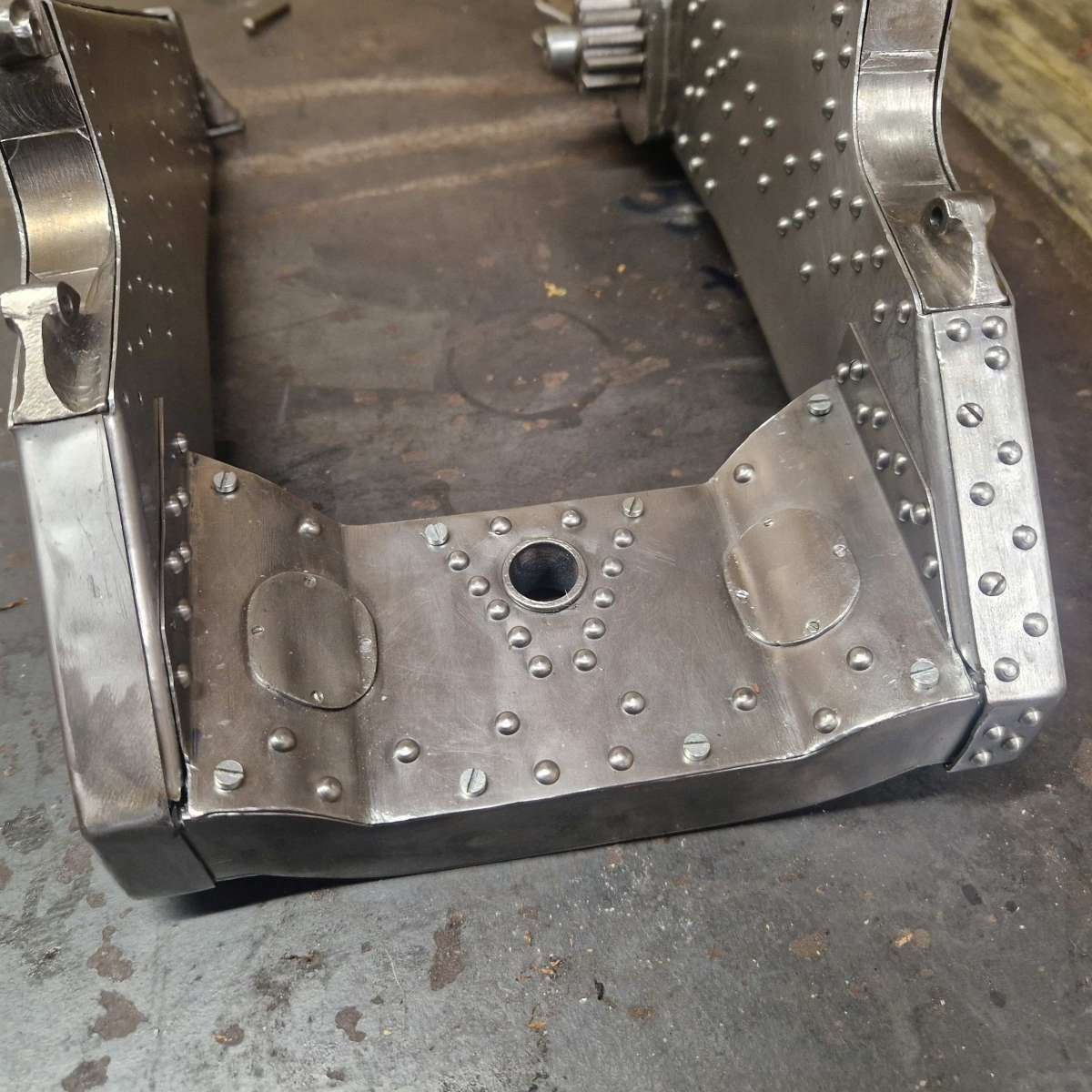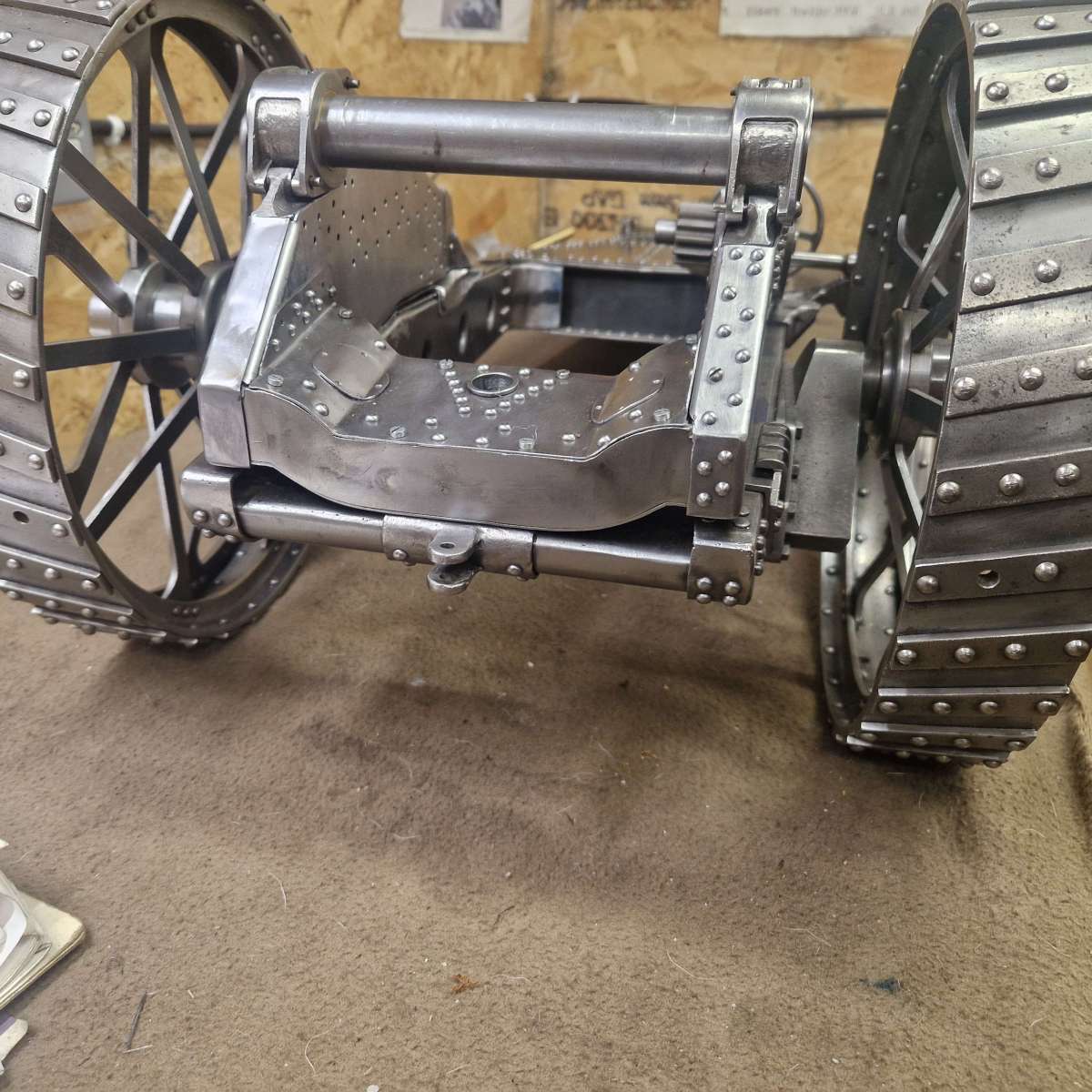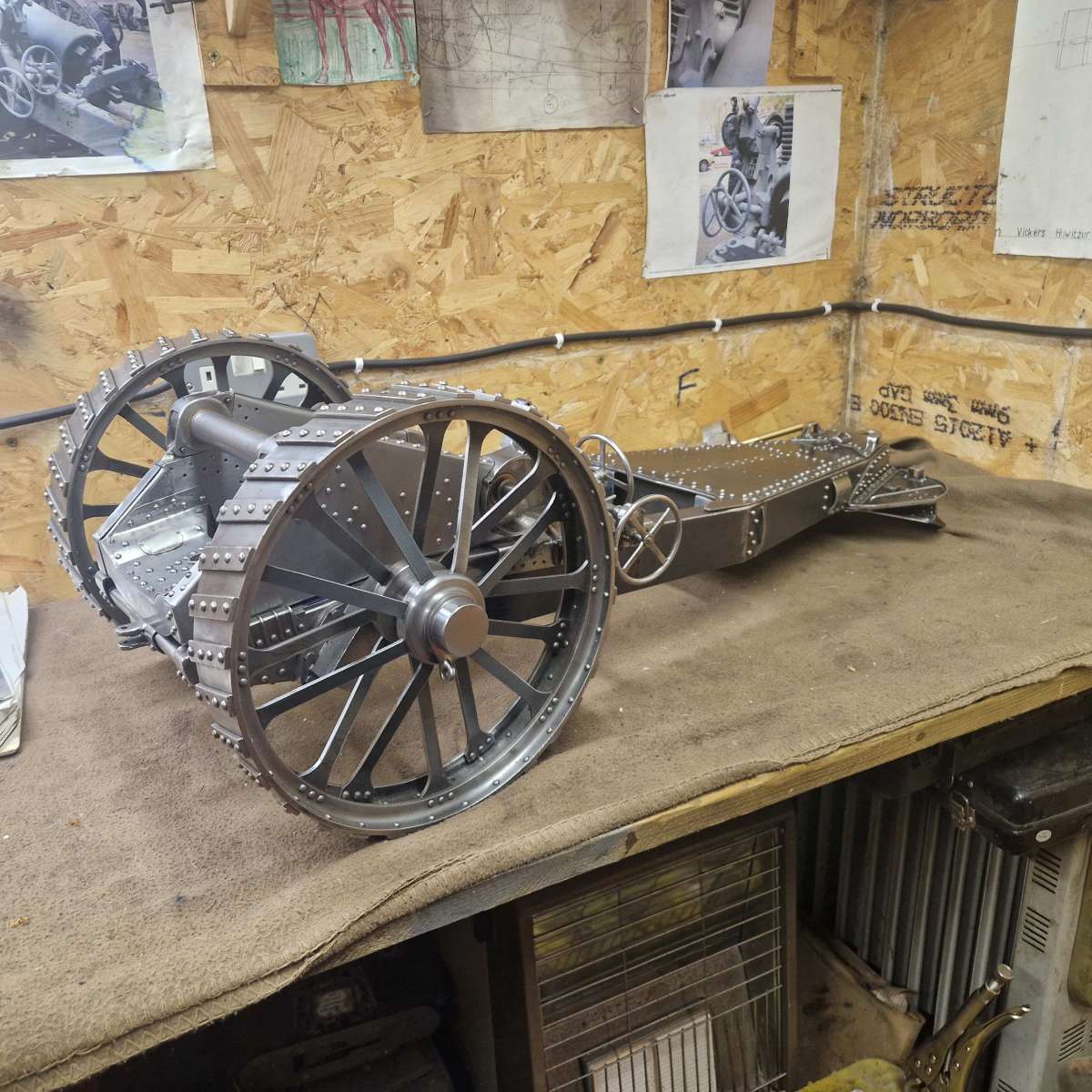Vickers Bl 8 inch Howitzer cannon of 1917
Vickers Bl 8 inch Howitzer cannon of 1917
- This topic has 286 replies, 58 voices, and was last updated 12 April 2024 at 23:46 by
Peter Bowers 3.
- Please log in to reply to this topic. Registering is free and easy using the links on the menu at the top of this page.
Latest Replies
Viewing 25 topics - 1 through 25 (of 25 total)
-
- Topic
- Voices
- Last Post
Viewing 25 topics - 1 through 25 (of 25 total)
Latest Issue
Newsletter Sign-up
Latest Replies
- Model Engine running just off a naked flame
- Easiest/cheapest source of R8 socket
- Please direct me to where I can find an engineer to do some bespoke work
- How many spokes do I really need?
- What Did You Do Today 2025
- Herbert B drill information?
- Which lubricator do I need
- Even the Dealer Didn’t Know!
- Backplate studs
- William Hazeldine … Proving Machine


